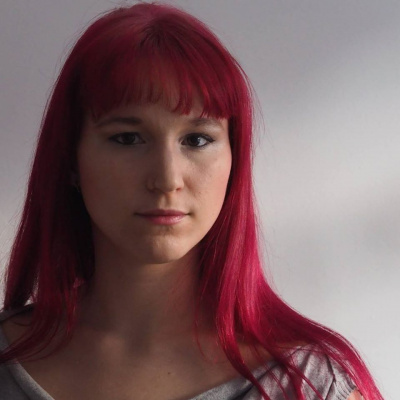The Release of a New Guide on Space Development For Circus Training And Equipment
What is a safe and functional circus arts practice space? A new guide is published in the fall of 2023 in Quebec called “Guide d’aménagement des espaces de formation et des équipements circassiens” (Guidance on space development for circus training and equipment). This document presents obligations, requirements, usage recommendations, and respect for good practices.
Two years of work
In 2019, the Ministry of Culture and Communications of Quebec mandated the École nationale de cirque of Montréal (ÉNC) to structure, develop, and enhance the teaching and training programs and guidelines from recreational to preparatory circus arts in Quebec. My colleague from Centre de recherche, d’innovation, et de transfer en arts du cirque (CRITAC), Fred Gérard, began this project to produce a document at the beginning of 2020. Fred has been a circus equipment designer for more than 33 years and has worked for Cirque du Soleil, Franco Dragone, Archaos, and many other companies. He also was the technical director of the Centre national des arts du cirque de Châlons-en-Champagne- France (CNAC), from which he graduated in 1989 before joining the team of CRITAC as a designer of equipment and performance environments.
The first step of the project was to put together a team of experts, a writing committee, and a review committee. A total of 24 people, including myself, participated in the development of this document. Next, the group sought approval for the document’s layout, design style, structure, and themes. While the original goal was to develop a certification program, the team quickly realised the depth of formal regulations in circus arts did not allow for this, Fred notes: “If they wanted a magic guide, meaning that anyone who reads it can claim to do acrobatic rigging, then no, that was not an option. We could only advise or recommend respecting obligations and good practices.”
This change of direction was followed by drafting the document. Two rounds of revisions and more than 2,000 comments were considered, ultimately resulting in the final 123-page document produced in June of 2022. The document was then given to ÉNC and En Piste (National Circus Arts Alliance) who are developing a diffusion plan for an official release on October 14, 2023. Aware that translating the document from French to English may consequently increase its reach, the steering committee is currently looking into such an opportunity.
What can you find in this document?
Intended for project initiators, directors, or stakeholders concerned with circus disciplines, this document provides guidance in developing practical and safe training spaces for the circus arts. This guide is primarily aimed at recreational, academic, and preparatory (before professional) circus training. Although the document is aimed at Quebec, most of the recommendations are valid elsewhere in the world.
The objectives of this guide are to improve the safety of all circus practitioners and to highlight best practices while reducing hazards in circus for all stakeholders. We hope that this guide will lead to pertinent questions and dialogue between all stakeholders involved in circus including directors, designers, owners, technicians, managers, artists, teachers, etc.
Faced with the absence of standards or regulatory texts specific to the circus arts, this guide helps to explain the existing legal references from sports, work environments, or building codes in order to answer the questions of professionals. Recommendations on best practices for circus disciplines are presented and include those that are used by the majority of the circus community, both academic and professional.
The first part of the document focuses on facilities and buildings, with specific details related to the building size, walls, ceilings, grounds, light, circus tents, etc. Then, each discipline is analyzed, explaining the type of equipment required, the cost, and the technical specifications. The last part deals with the setup, disassembly, and maintenance of installations.

Towards more places to practice circus arts
Over the past thirty years, the circus arts have undergone a major transformation, both in terms of artistic forms and the transmission of practices, moving on from a generational or familial mechanism of transmission in traditional circus.
The director of the ÉNC, Éric Langlois, commented: ‘’This book is a must-have resource for circus arts education professionals, as it synthesizes, documents, and presents best practices in a clear and concise manner. It provides accurate and comprehensive information, enabling readers to improve their skills and understanding of the requirements for developing and maintaining circus teaching facilities and equipment.’’
We hope that this guide will be easy to use in order to advise and accompany you or any project leaders from all horizons in the practical aspects of the various circus disciplines. Its objectives are to contribute to improved safety, reduce hazards, and raise awareness for all those concerned with the various stakes of circus practices.
Main Image: Acrobat performing in rope at École nationale de cirque @ Marie-Andrée Lemire...
Do you have a story to share? Submit your news story, article or press release.




